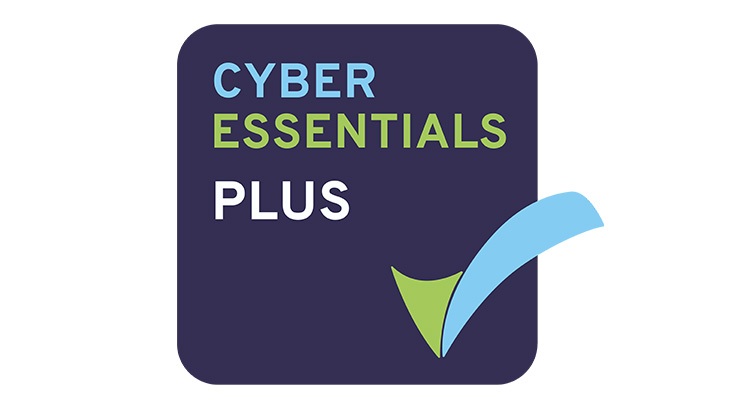Welcome to your go-to guide on workforce rostering! Whether you’re a seasoned rostering manager, an HR professional, a business owner, or someone taking their first steps into workforce management, this blog simplifies the complexities of rostering staff. Let’s dive in and ensure your team not only thrives but excels in a well-organised service environment.
What is workforce rostering?
At its core, workforce rostering is about putting the right people in the right places at the right times. It’s an essential process for businesses where work isn’t confined to the standard nine-to-five. Restaurants, hospitals, factories, and emergency services – these industries rely heavily on effective rostering to keep their operations smooth and responsive to demand.
So, what exactly does it entail? Workforce rostering involves creating, managing, and maintaining schedules that align your staff’s availability with your business’s operational needs or demand. This isn’t just about filling slots; it’s about understanding varying demand levels, balancing employee preferences, and ensuring your shift patterns meet legal staffing requirements.
By balancing these competing priorities, you manage the risk of under or overstaffing and ensure your workforce is as productive as possible without burning out. The ultimate goal? A schedule that supports your business’s objectives while fostering a healthy work environment.
The Importance of Effective Staff Rostering
Why does effective staff rostering matter so much? The answer lies in its far-reaching impact on both your business and your employees. When done well, rostering can dramatically improve your operational efficiency, employee satisfaction, and your bottom line. Let’s break down why.
Effective rostering is not just about placing people into shifts; it’s about strategically aligning your workforce with your business goals, ensuring legal compliance, and enhancing your employees’ work life.
Establishing Rostering Policies and Procedures
Creating a robust framework for rostering is essential for maintaining an efficient and fair workplace. By defining clear policies, communicating them effectively, and ensuring compliance and fairness, you lay the groundwork for operational excellence and a harmonious work environment. Let’s delve into how you can set these policies and ensure they’re adhered to across your organisation.
Defining Organisational Rostering Policies
The first step in effective staff rostering is establishing clear and detailed policies that outline how rosters are planned, implemented, and managed. These policies should cover everything from how shifts are allocated and the process for handling time-off requests to the rules around swapping shifts and emergency staffing situations.
Key elements to include in your rostering policies might be:
Setting these guidelines simplifies the rostering process and mitigates potential disputes and misunderstandings.
Communicating Rostering Guidelines to Employees
Once your policies are established, communicating them effectively to your staff is crucial. Every employee should have easy access to the rostering guidelines and understand their rights and responsibilities. Here are a few strategies to ensure effective communication:
Effective communication ensures employees feel informed and valued, significantly boosting compliance and satisfaction.
Ensuring Compliance and Fairness in Rostering
Fairness and compliance are critical to maintaining trust and legal integrity within your organisation. Ensure that your rostering practices comply with local employment laws and strive to treat all employees equitably. Here’s how you can maintain compliance and fairness:
By fostering an environment where fairness and legal compliance are prioritised, you protect your business and support your employees’ well-being and job satisfaction.
Workforce Data and Analysis
In today’s data-driven world, effectively harnessing workforce data can transform how you roster your staff. By collecting and organising employee data, forecasting staffing needs, and utilising data-driven insights, you can create rosters that are efficient and proactive in addressing your business needs. Let’s explore how to leverage these elements to enhance your rostering practices.
Collecting and Organising Employee Data
The foundation of effective rostering is a robust database of employee information. This includes basic contact information and job titles and detailed data on availability, skill sets, work preferences, and historical performance. Here’s how you can effectively collect and organise this crucial information:
Organised and readily accessible data not only streamlines the rostering process but also ensures that you can quickly adapt to changes in staffing needs.
Forecasting Staffing Needs and Demand
Accurate forecasting is crucial for efficient rostering. It involves predicting the demand for your services and the staff required to meet this demand effectively. Here’s how you can approach this:
By forecasting staffing needs accurately, you can ensure that you are neither understaffed, which could affect service quality and employee morale, nor overstaffed, which impacts your profitability.
Utilising Data-Driven Insights for Rostering
With a solid data foundation and accurate forecasts, you can now utilise these insights to optimise your rostering. Here’s how you can apply data-driven insights to your rostering strategy:
Leveraging data-driven insights allows you to create a roster that is reactive to immediate needs and strategically aligned with longer-term business goals and employee well-being.
Efficient Rostering Techniques
Efficient rostering is both an art and a science, requiring a blend of fairness, flexibility, and foresight. Mastering these techniques optimises your workforce and enhances overall employee satisfactionwith staff self-rostering and business performance. Here’s a closer look at how to implement these practices effectively.
How Totalmobile Can Help
Effective workforce rostering is about more than filling shifts. It’s about crafting a strategy that integrates operational efficiency, employee satisfaction, and cost management while remaining compliant with the necessary regulations.
Remember, rostering aims to manage and empower your workforce, aligning your team’s strengths with your business’s needs. By establishing clear rostering policies, leveraging the power of workforce data, and employing efficient rostering techniques like automation, your business can meet the existing challenges and anticipate and adapt to future demands. This proactive approach boosts your business’s performance and fosters a workplace environment where employees feel valued and engaged.
If you’re looking to transform your workforce rostering, contact our rostering experts today. Our team use their insight and the powerful workforce rostering software to help you develop custom shift patterns and rosters designed for your organisation.
Our shift pattern design software will help establish best practice Rostering and Employee Scheduling, reducing the administrative burden of accurately managing these shift patterns on a day-to-day basis.











